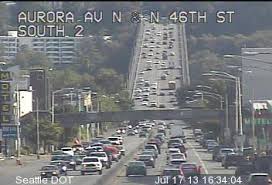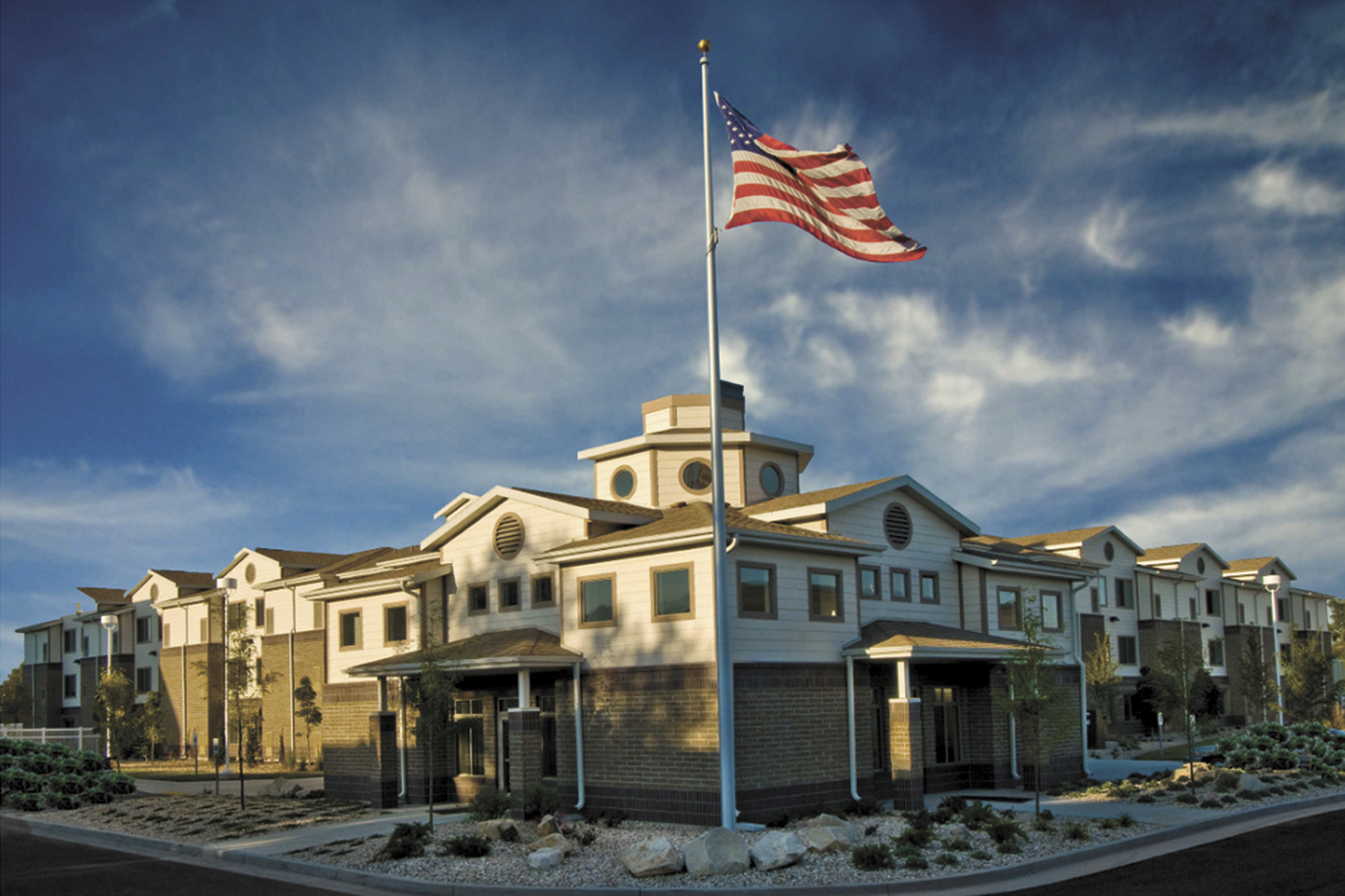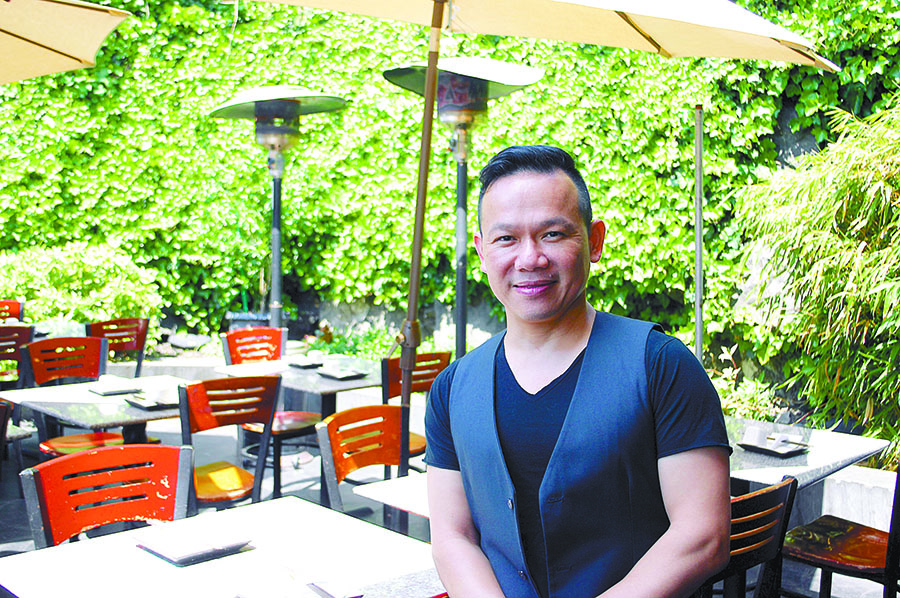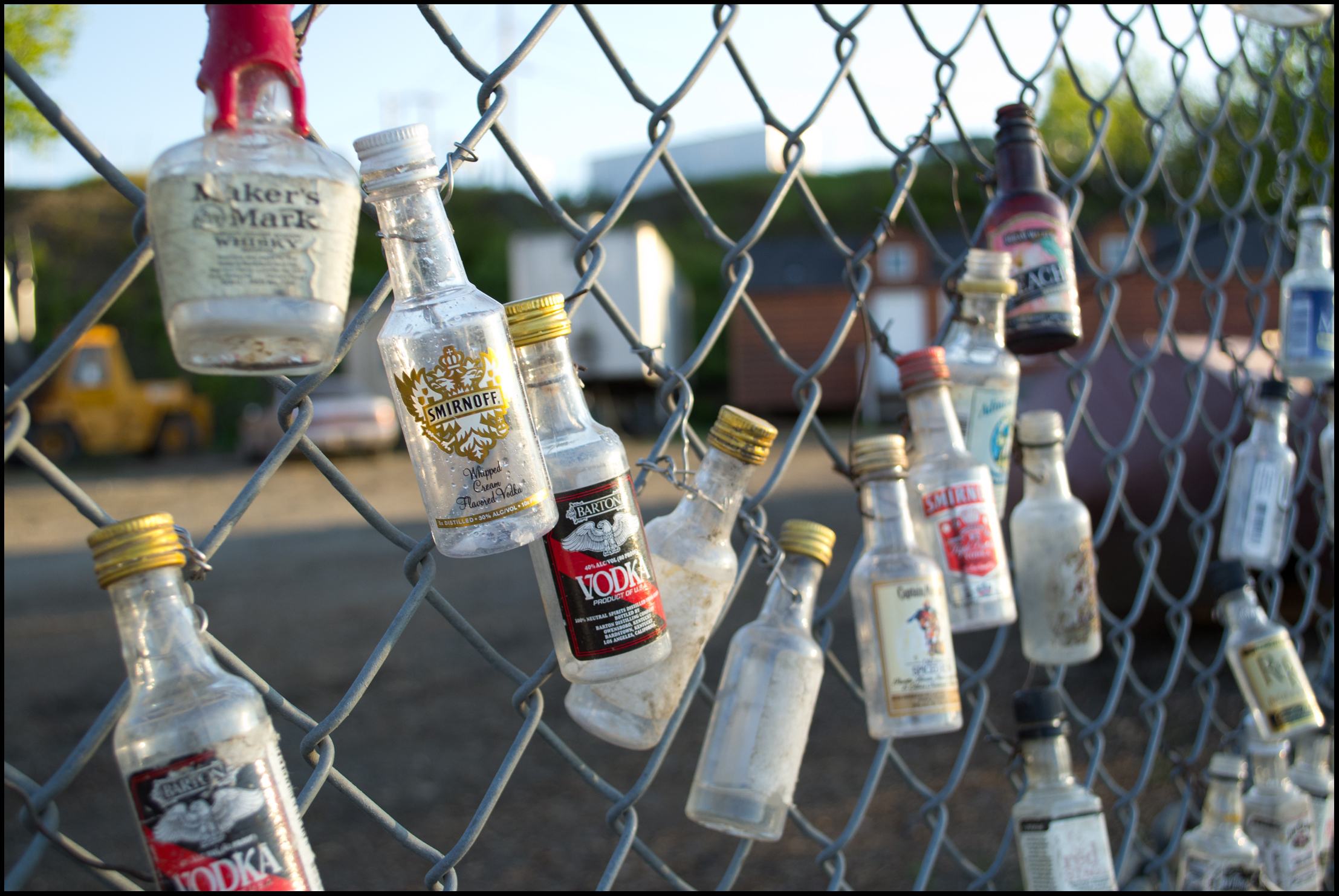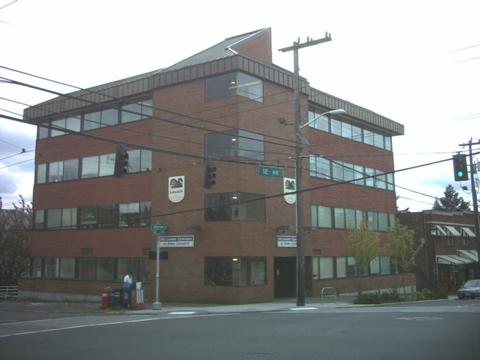The stubborn morning fog will not budge and dithers outside the 37th-floor windows of the Municipal Tower. Inside, the spacious room hums with purpose. Eight TV monitors fill the walls, beaming constant images of the traffic flow throughout Seattle. Down below, on chaotic cone-strewn streets, the cameras reveal, motorists limp along Denny Way, between First and Fairview avenues.
The intersection at First and Columbia that leads to the S.R. 99 on-ramp remains a tangled mess. On Mercer Street, a caravan of cars crawls through Lower Queen Anne to Interstate 5. Sixth Avenue between James and Cherry is jammed. Here, at the nerve center of the Seattle Department of Transportation, chief City Traffic Engineer Dongho Chang is positively thrilled to be at the center of the action – or, as many a morning commuter might attest, inaction.
Chang ‘s been in the business of moving cars, buses, trains, bikes and people, for 22 years, most of it as a WSDOT engineer. He took the Seattle post 18 months ago after five years as Everett’s top traffic dog.
“This is the job I have always wanted, ever since I went to school,” says the University of Washington civil engineer graduate. “It’s exciting, so much fun.”
Chang is a slight, Chinese-born featherweight of a man, 43 years old, who truly does convey the impression that this really is his dream job. It’s the challenge that fuels his rush, like getting 63,000 cars a day down the Elliott Avenue corridor, or maintaining some semblance of vehicular sanity on the downtown streets that feed I-5.
“The city is undergoing the most development and construction in its history,” he says, citing, as proof, the cranes over South Lake Union, the 520 bridge project, the towers beginning to cast shadows over Sodo, the Alaska Way Viaduct replacement, the dozens of streets shredded to make way for light rail, the carving of additional bike lanes and bus lanes, and so much more.
And yet, Chang marvels, somehow we are surviving, or at least coping with the onslaught — mainly because residents, out of sheer necessity, are finding alternatives. “Right now, 43 percent of the people who come downtown to work are taking transit. That is an amazing number,” he says.
If only, though, Chang opines, Seattle had a more mature system of transit. He knows the story well — that had city voters in 1970 approved $400 million in local bonds, they could have realized a $1.3 billion game-changing regional transit network, paid for by the federal government. Basically, the growing city turned down what San Francisco has in BART, or something resembling Atlanta’s MARTA.
Two years later, in a 1972 special election, Seattle’s cost-wary citizenry voted down the proposed Bay Freeway and the R.H. Thomson Expressway, a planned third north-south highway (in addition to the 99 and I-5) that would have sliced through the Central Area, the neighborhoods of Montlake, and the Arboretum.
Chang laments that the Seattle Monorail Project, after voters gave the 14-mile starter system the green light at the polls four separate times in the 1990s and early 00s, soundly rejected the city-wide expansion after the staggering $11 billion price tag caused it to collapse under its own weight.
“It is too bad that the organizers lost the public trust,” says Chang.
Seattle has added more than 80,000 new residents over the past ten years, and could, city planners speculate, see an additional 140,000 more people by 2040. There is no way any kind of car-dominated transportation mode could sustain itself in such a populated environment.
Chang, a volunteer member of the Seattle Bicycle Advisory Board before getting the job in Everett in 2007, says creating more mass transit alternatives, coupled with making streets more amenable to bikes and pedestrians – particularly older residents who will need to be able to get around safely by foot when they can no longer drive or bicycle – is the most viable transportation plan for the future.
This will entail such things as increasing dense development along transit and rail corridors, ensuring that urban villages are rich with services within walking distance, redesigning some streets to accommodate walkers and bikers, and building more streetcar lines.
In the interim, though, it is essential, says Chang, that badly needed investments are make in the existing infrastructure, especially along I-5, which opened in Seattle 56 years ago, in 1967.
“Our freeways are old and cracked. They are becoming more and more dangerous. Same with our bridges. We need to invest in what we have now.”
For Chang, this is a very exciting time.
